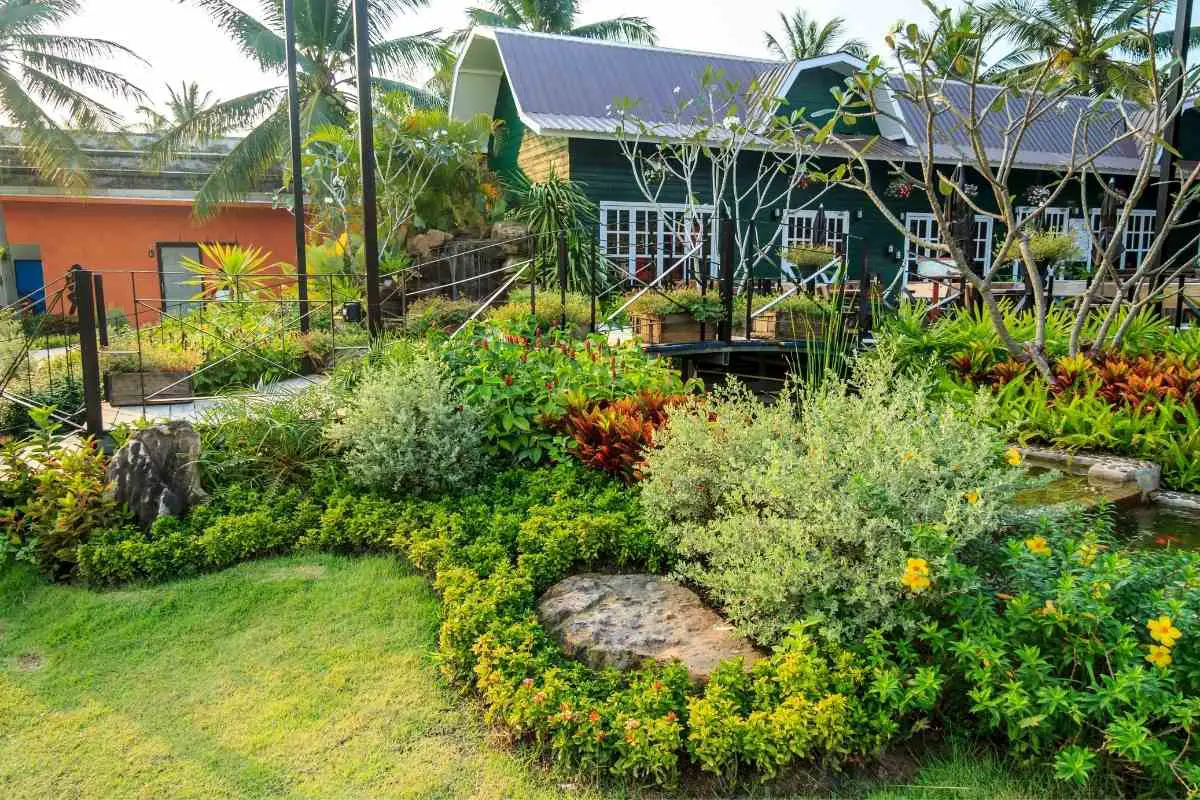According to Google’s dictionary, an ecosystem is a biological community of interacting organisms and their physical environment.
To this end, your back yard is already a thriving ecosystem.
Whether it’s filled with abundant life from birds, to rodents and mammals or whether the ecosystem is on a much smaller scale with bugs and insects; it’s all part of an ecosystem.
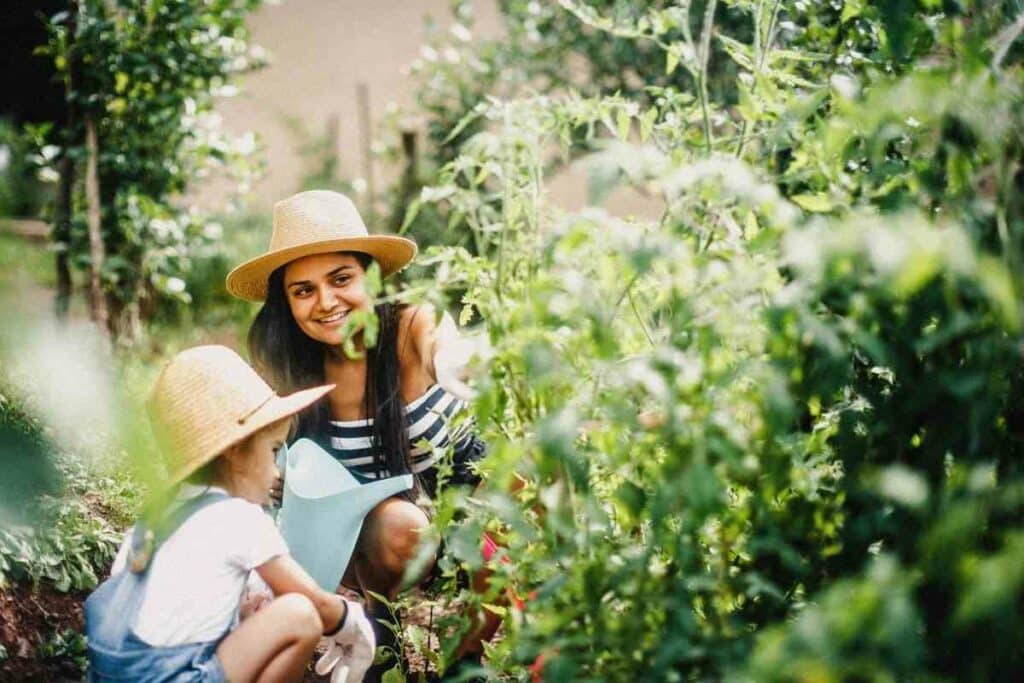
But one thing that we could all do better is to create an environment where this life could truly thrive.
If you’ve been considering building a backyard ecosystem but aren’t sure where to start then you’re in the right place.
What to Expect? – Here, we will be looking at simple ways you can build a lively backyard ecosystem with things you’ll either already have or will have easy access to.
Is My Backyard An Ecosystem?
If we judge the earlier definition of an ecosystem, we see that our backyards do indeed fit into the category.
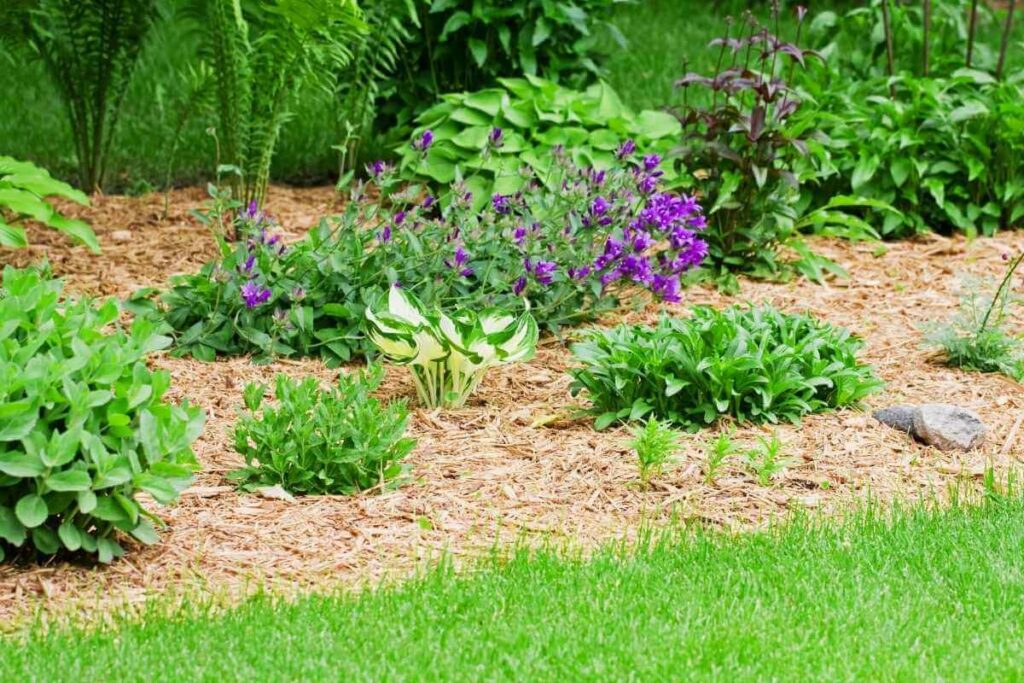
In fact, the whole world is merely a series of ecosystems that exist alongside one another. Some might even overlap with another ecosystem.
Think about where the ocean meets the sand or where a newt or frog might live both in a garden pond and alongside it.
Why Is It Important To Have A Backyard Ecosystem?
In recent years, there has never been a more intense focus on taking care of the planet as there is today.
People are rallying together to ensure the conservation of nature, resources and humanity itself.
While we can’t take on all the problems of the world in our own backyards, we can make our backyards more sustainable and eco-friendly.
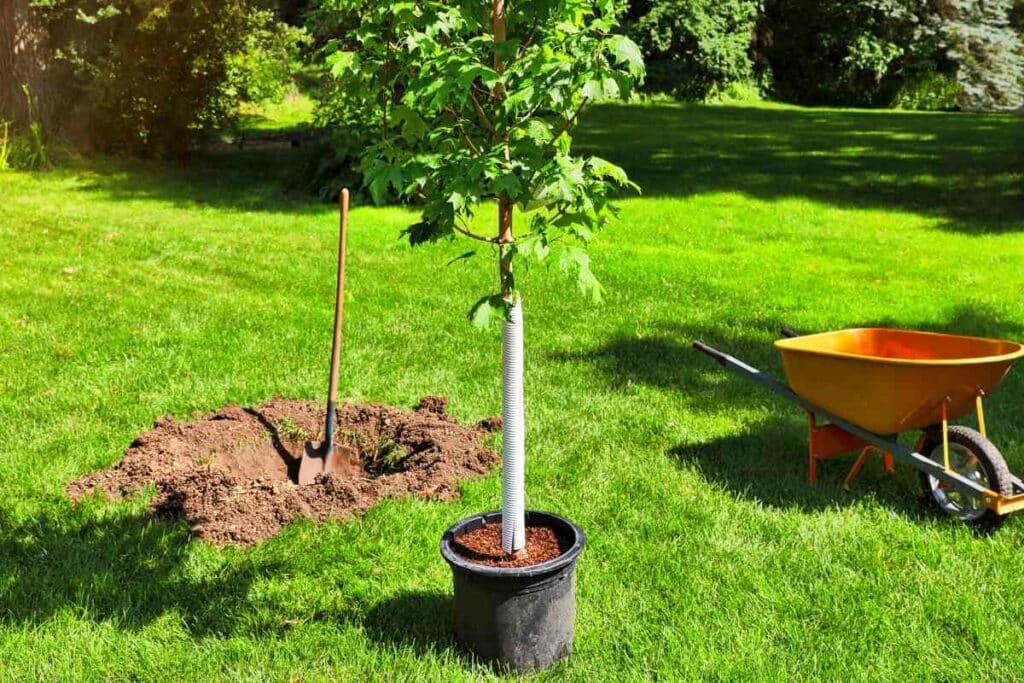
If each one of us were to create a healthy ecosystem right there outside our homes, think about what this would do on a global scale!
So, whether you have a small balcony garden or acres upon acres of lush greenery, there’s something you can do.
Ways To Build A Simple Backyard Ecosystem
When you think about building your very own backyard ecosystem, you might initially think that it’s going to be a crazy challenge.
But that’s where you’re wrong. Your yard is already an ecosystem, all you need to do is find ways to make it healthier and more welcoming to different types of life.
Let’s take a look at some easy things you can do to boost your backyard.
A Word About Microhabitats
A microhabitat is a habitat that exists within a larger ecosystem but differs somewhat from its surroundings.
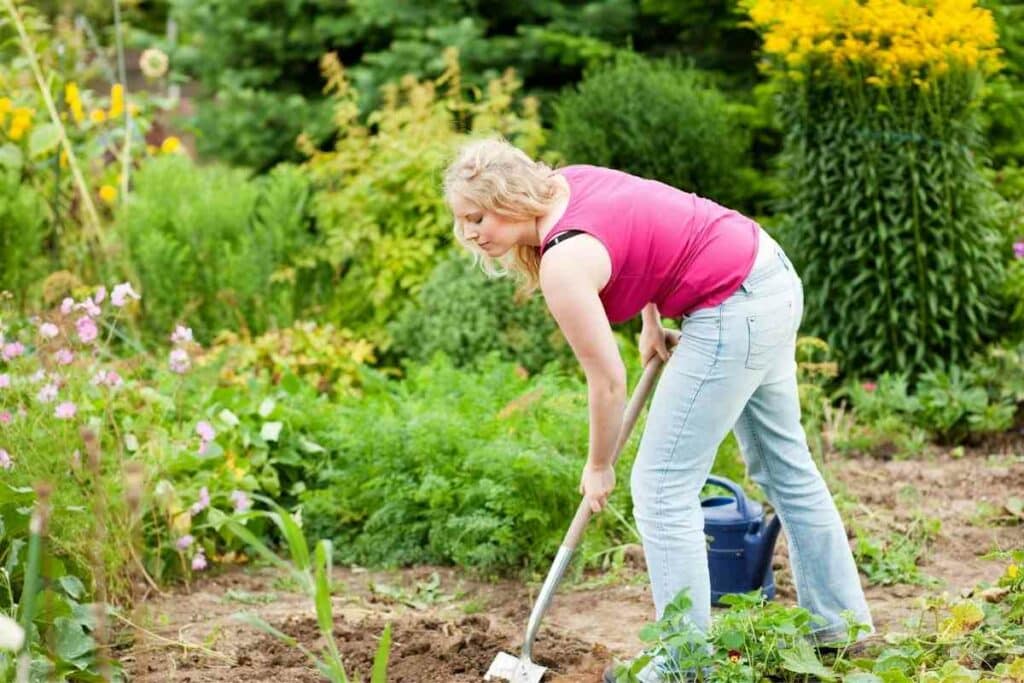
It’s a really good idea to try to build as many of these as possible within your backyard ecosystem as this will attract many different types of wildlife.
When getting creative in planning your backyard ecosystem, you might consider placing areas like a moist meadow, an Alpine habitat, Japanese gardens, birdhouses and something that mimics a woodland floor, among other things.
Think about the local area and which of these, plus many others would be most suitable.
The Importance Of Using Native Plants
When you are building your backyard ecosystem, you don’t need to think outside the box.
Many people make the mistake of planting non-native plants.
While these are a great challenge for the discerning gardener and provide a unique look, they’re not beneficial when creating an ecosystem.
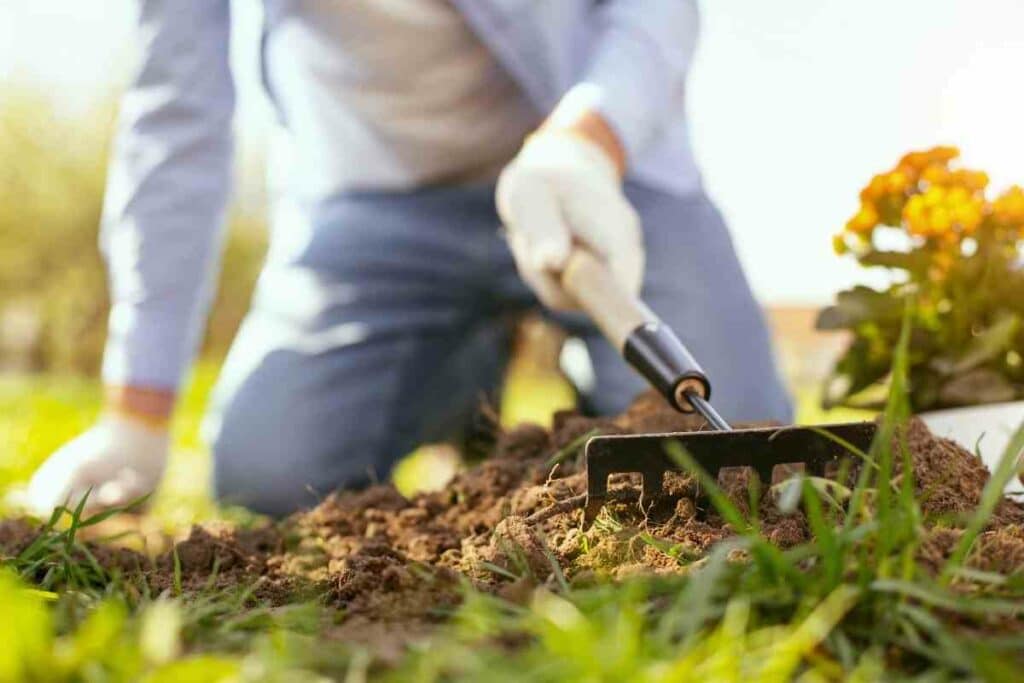
You see, there are dwindling populations of native species like butterflies and birds and this is a problem across the United States.
While there are other aspects at play, this is largely because of a lack of native plants that they can feed off.
From Experience: When you start creating habitats using native plants, you will notice a significant improvement in the number of native species that come to your yard. This is because they have somewhere to feed, nest, and take shelter.
Layering Your Ecosystem
When you think about a wild environment, there isn’t only a single layer to this.
Imagine a woodland, forest or even a jungle. Each of these areas has layer upon layer of trees, plants, shrubs, ground coverings and more.
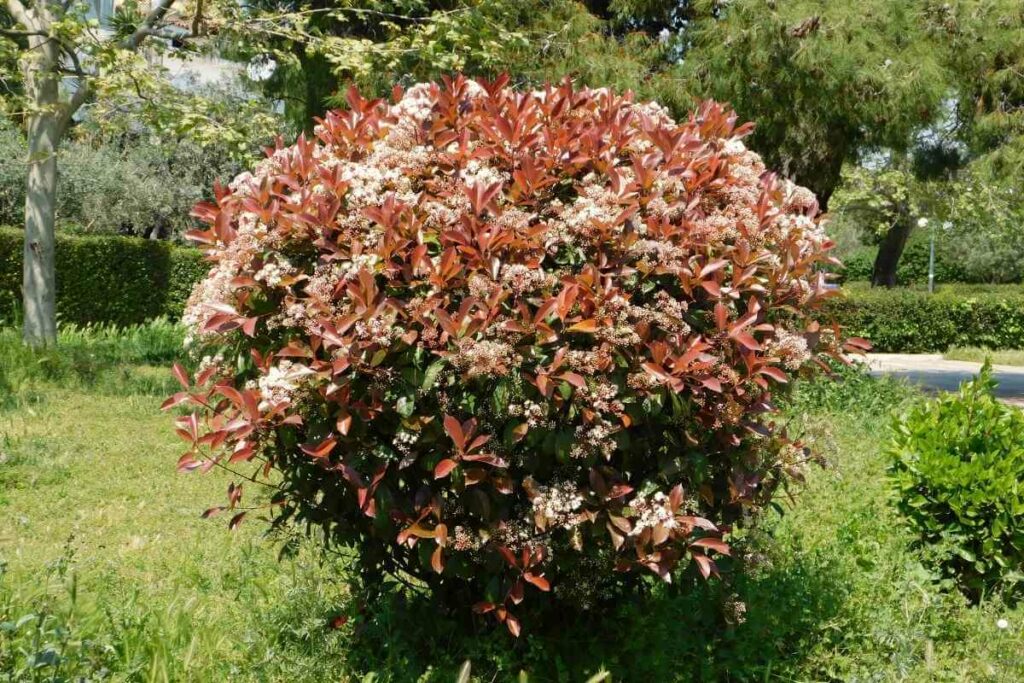
In order to create the most thriving ecosystem, you will need to replicate this as best as possible in your garden.
Layering your ecosystem with ground plants, tall trees, mid-sized flowering plants and much more has dual benefits.
For Starters – It will ensure that you receive as many visitors as possible from a whole host of different species.
Moreover, having layers in your ecosystem is a great way to keep it healthier.
If you use all of the same species of plant or ones that are similar, there is more risk of diseases spreading.
The use of various layers will go a long way in preventing this.
Going Organic When Caring For Your Ecosystem
When it comes to caring for your backyard ecosystem, you’ll need to ensure some good practices.
This starts by not infecting your ecosystem with harsh chemicals.
All Too Often – We ply our gardens with chemicals but this can affect the very base of your ecosystem; the soil.
Not only this, but they will drain away and end up in local streams, rivers and other bodies of water causing far more widespread damage than you might think.
Additionally, you should make sure that you tend to your garden ecosystem in ways that will benefit it.

Allow it to be more natural instead of pruning plants to within an inch of their life, when they don’t really need it.
The best way is to wait until early spring to lightly prune your plant life.
This will encourage more avian visitors to your garden especially over the winter and while it will leave a layer of leaves on the ground, this will be hugely beneficial as mulch.
Ideas For Habitats Within Your Ecosystem
As we mentioned earlier on, a thriving ecosystem should be made up from several different microhabitats.
The life that exists within one microhabitat may well remain where it is but in most cases, it will also visit other parts of the ecosystem which can be beneficial.
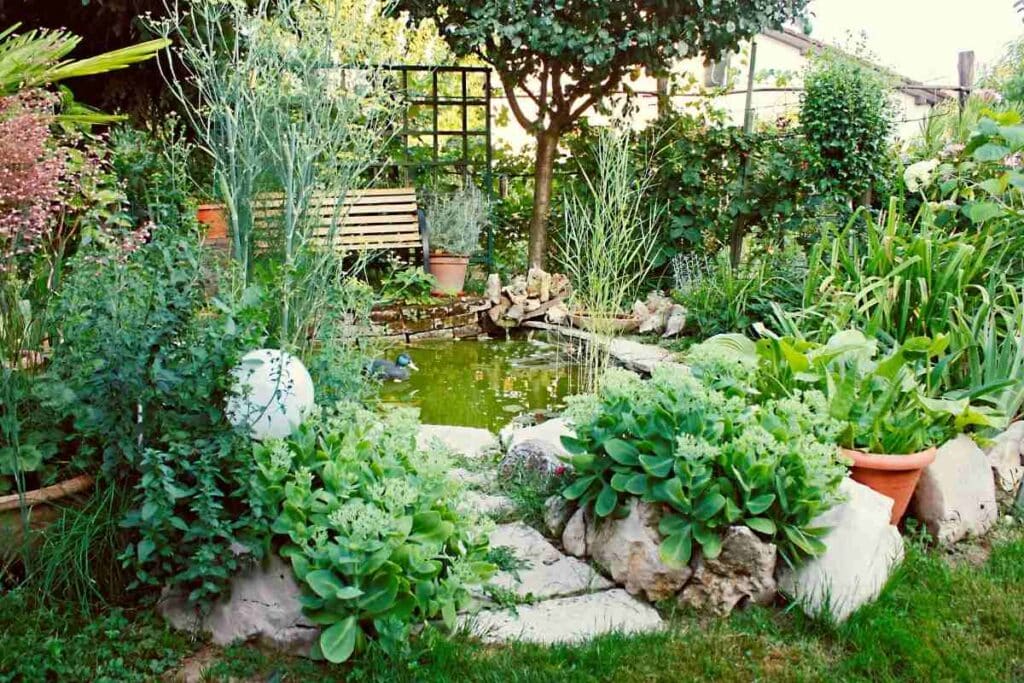
Let’s take a look at some ideas of things you can easily create and that will help you welcome an abundance of life to your own back doorstep.
- Ponds are very easy to establish and can be built in several ways. You can buy preformed ponds that are super easy to install and once filled, you’ll not only have the option to put in your own fish but these areas will attract a plethora of insects, birds, frogs and other animals. Moreover, if you don’t have the space for a full pond, you can still install a small water feature and get many of the same benefits.
- For bird lovers, the simple addition of a birdhouse or feeding table can add to the ecosystem, bringing many different native bird species in. These can be purchased ready made or you might like to try your hand at making your own as a weekend DIY project.
- Lower down to the ground, making sure that the soil is in the best condition will help things like earthworms to thrive. Mulching the soil with leaves fallen from the trees and grass clippings is a great way to go. Adding compost will help to balance out the nutrients in disturbed soil and bring it back to life. However, once good soil quality is established, you really won’t need to do much.
- How about planting several fruit bearing trees and plants in your ecosystem? Not only will this act as a food source for wildlife but it’s also a great way of reducing your food bill since you’ll have tasty snacks in your garden! Just be sure to give each tree plenty of room to grow and plant them in a location where they’ll get the right levels of light and water.
Conclusion
You might not realize it but your back yard is a thriving ecosystem and while it already exists, there are things you can do to help it along.
By creating separate areas and offering correct care to your garden ecosystem, you’ll notice a vast increase in the number of animal, insect, and bird visitors.
Not to mention, you’ll be doing your bit for the planet.
